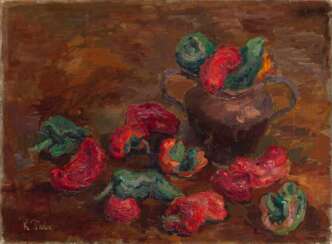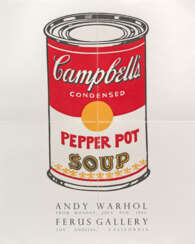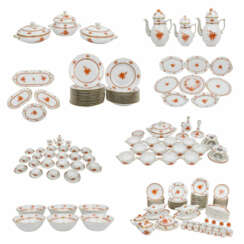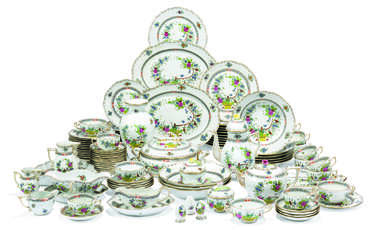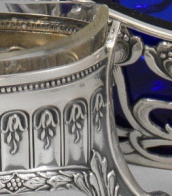pepper pot



Robert Rafailovich Falk (Russian: Роберт Рафаилович Фальк) was a prominent Russian and Soviet avant-garde painter, born in Moscow in 1886. He is celebrated for his innovative contributions to the Jack of Diamonds group, emphasizing expressive volume and angular, saturated color spots in his works. Falk's artistic journey began at the Moscow School of Painting, Sculpture and Architecture, where he studied under notable artists like Konstantin Korovin and Valentin Serov, and further honed his skills in the studios of Konstantin Yuon and Ilya Mashkov.
Falk's style evolved significantly over his career, initially influenced by Paul Cézanne's approach to painting, which emphasized the sculptural form through the layering of paint. His early works are characterized by bright, contrasting colors and expressive contours, capturing physical and tangible elements in landscapes and still lifes. Falk's unique approach also involved a significant degree of form deformation to enhance emotional expressiveness, a technique that set his work apart from his contemporaries.
After spending a decade in Paris from 1928 to 1938, Falk's work underwent a transformation, favoring more subtle and holistic representations. This period was marked by a focus on the rich, musical qualities of color and light, which he applied to both landscapes and portraits. Upon his return to Moscow, Falk found himself increasingly isolated within the Soviet art scene, yet he continued to produce work that resonated with emotional depth and complexity until his death in 1958.
Falk's legacy includes numerous paintings housed in the New Tretyakov Art Museum in Moscow, demonstrating his lasting influence on both Russian and French modern art traditions. Collectors and art enthusiasts are invited to explore the nuanced and evocative works of Robert Rafailovich Falk, a bridge between early 20th-century modernism and the avant-garde movements that followed. Sign up for updates on new product sales and auction events related to Falk to deepen your appreciation and understanding of this pioneering artist's contributions.


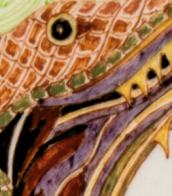


Robert Hennell was an English silversmith and engraver, best known for his work during the Georgian era. He was apprenticed to the silversmith John Scofield before setting up his own workshop in 1763.
Hennell's silver pieces were highly sought after for their quality and craftsmanship. He produced a wide range of objects, from tea services to candlesticks, and his designs were characterized by their elegant simplicity and attention to detail. He also created a number of commemorative objects, including the silver casket presented to Lord Nelson by the City of London in 1800.
In addition to his work as a silversmith, Hennell was also an accomplished engraver, and his work can be found on a number of coins and medals from the Georgian era. He was a member of the Royal Academy and exhibited his work at the Royal Academy exhibitions throughout his career.
Today, Hennell's silver pieces and engravings can be found in the collections of museums around the world, including the Victoria and Albert Museum in London and the Metropolitan Museum of Art in New York. His work continues to be admired for its beauty, quality, and historical significance.




Gerald Adrian Sallis Benney was a British silver and goldsmith who along with David Mellor and Robert Welch popularised stainless steel designs in post-war British homes. Like Mellor and Welch he was influenced by modern Scandinavian design and in particular Georg Jensen.








